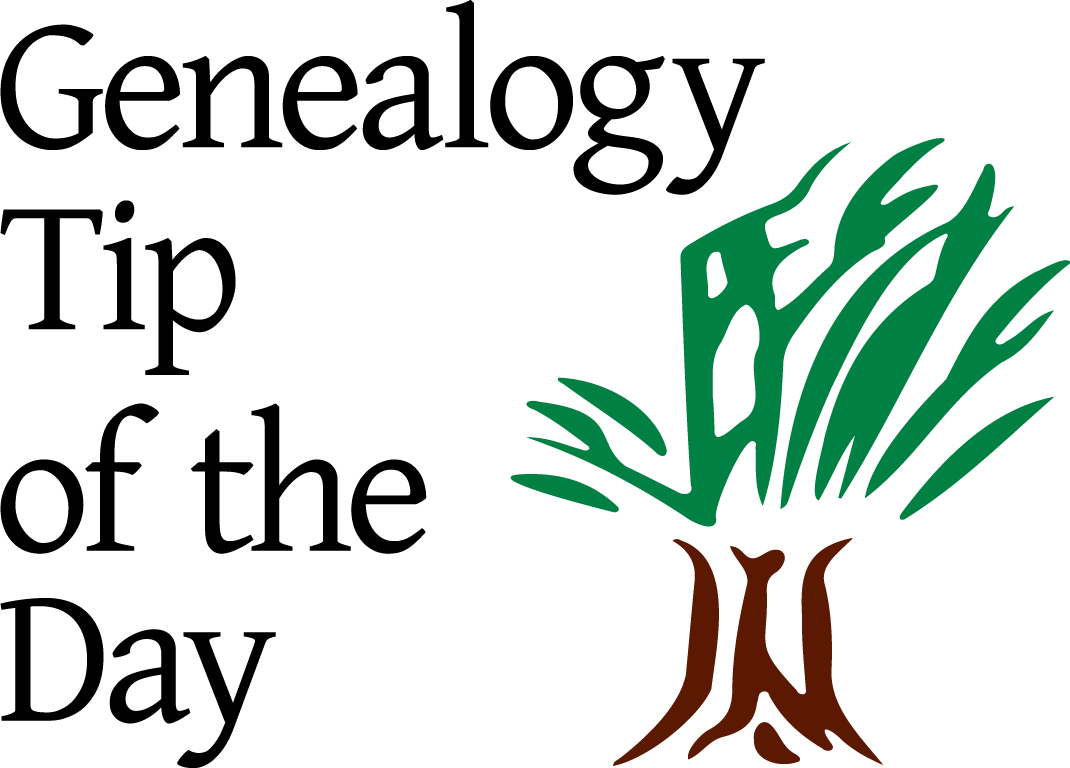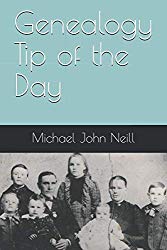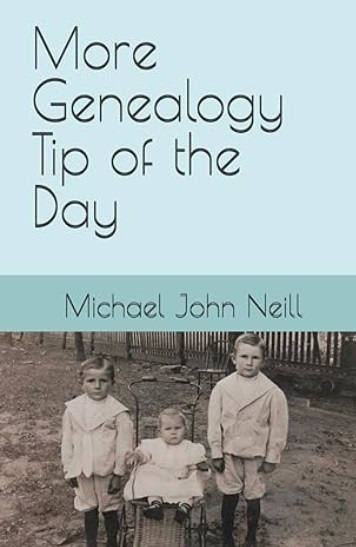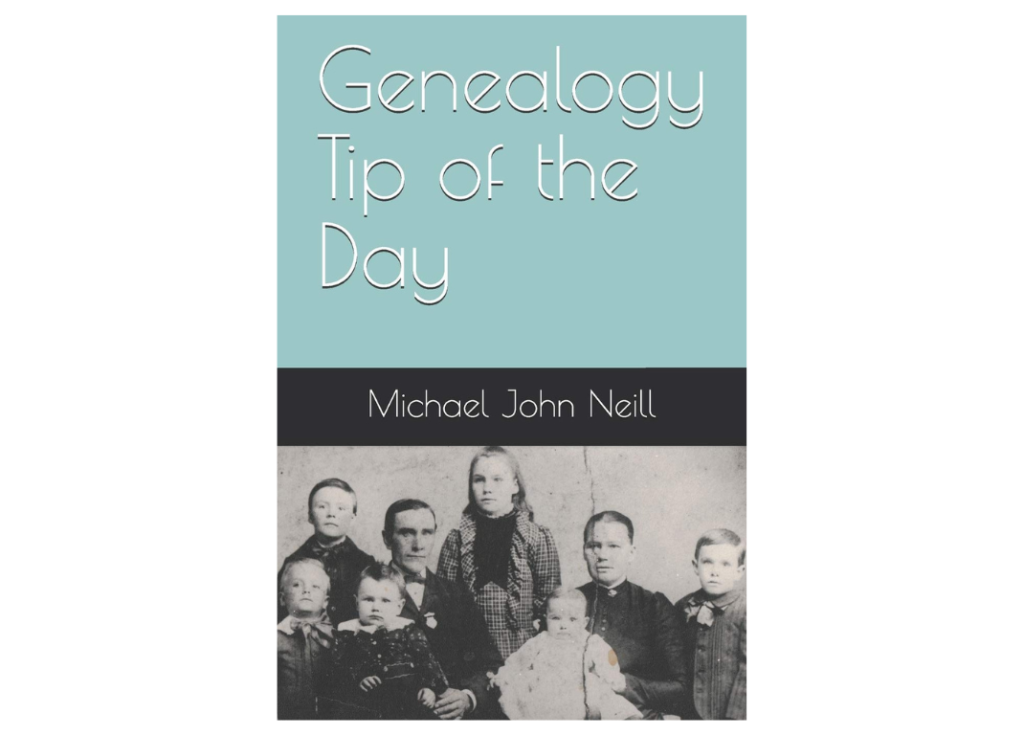Always make certain you have read or seen the front and back of every page in a packet of court papers, pension papers, etc. Sometimes notations or comments on the back can be significant clues. Don’t ignore them.
We’ve got the following events taking place or starting in the next week or so–consider joining us while we still have space: US Land Records class-starts 3 January US Probate Records class-starts 10 January Planning a Trip to the Family History Library–one session webinar on 5 January Genealogical Proof-one session webinar on 5 January If you’ve already registered and haven’t received links to get into the sessions–please email me at mjnrootdig@gmail.com.
Since many genealogists “start anew” at the first of the year, we’re posting an overview of the problem-solving process. There are essentially four steps: Understand the problem–this involves learning the history of the area, learning the applicable laws of the time, all the records available (and their issues), knowing key terms in any documents already located, assumptions you have made, your ancestor’s background, etc. Understanding takes time. Plan–pick a record to access or an approach to use to answer your question Execute-search the record or apply the approach Evaluate-did you answer your question? That’s a broad generalization. We discuss some of these items in slightly more detail in occasional tips and the Rootdig blog mentions them in more detail–sometimes a lot more detail.
Greetings on the first day of 2016! Remember that January 1 was not always the start of the new year and that it’s also pretty easy to slip and write down the wrong year on document or a record. Also remember that 2016 will have a 29 February as well. Best of luck with your family history research in 2016!
Instead of banging your head against the wall on the same person, pick an ancestor or relative you think you have “finished.” Go back and double-check your conclusions on that person, cite sources that weren’t cited, originally, look for gaps in their life chronology. The time away from the brick wall may give you a fresh perspective on it…and save some wear and tear on your head! —————- Genealogy Tip of the Day is sponsored by GenealogyBank. In December, they are offering an annual subscription for a monthly rate equivalent to less than $5 a month!
We’ve picked up quite a few fans/followers of this blog, so I thought I’d briefly post a little bit about Genealogy Tip of the Day. Genealogy Tip of the Day is written by Michael John Neill. Our goal is to provide at least one short research tip every day. The tips are not meant to be long or overly academic. We’ll leave that to my other blog, Rootdig. Research tips are generated from my own research and range from things that are basic and elementary to ideas that are more advanced and complicated. I don’t reuse tips, but it’s difficult after writing these for five years to not discuss the same topic once in a while. Because I only use my own research, tips may not be applicable to all research […]
Don’t get “crop happy” and cut away too much of a document. There may be clues in the edges that may not be immediately relevant. The illustration has obvious clues in the license plate and the home. Neighbors in the census may be relatives, cutting them out of the image you save may cause to miss that clue years later. Handwritten records where just the “entry of interest” is saved can be hard to analyze without the context of other records to serve as a guide. Clues in the edges aren’t as clear-cut as they are in this image. —————- Genealogy Tip of the Day book is here. Learn more about it.
We’ve added a new presentation and rescheduled an earlier one—join me on 5 January for one or both of the following presentations: Planning for a Trip to the Family History Library Making Your Case and Genealogical Proof
Certain ethnic groups tend to follow certain naming patterns when choosing names for children. Keep in mind that these patterns are cultural norms. They are not set in statute. They are not part of an ecclesiastical edict. There can be exceptions, particularly when both grandfathers (or grandmothers) have the same first name or when there has been a significant argument with a certain relative. Use the naming patterns as a suggestive clues not as an established certainty. —————- Genealogy Tip of the Day is sponsored by GenealogyBank. In December, they are offering an annual subscription for a monthly rate equivalent to less than $5 a month!
Always check those digital images before you leave the facility. When at the Family History Library on my group trip, I made a few images for myself. In reviewing them months later, I realized I bypassed the bottom of page 256 and only got the top of page 257 (partially shown in the illustration).
In some locations during some time periods, aliens (immigrants who were not naturalized) could not own real property or could not bequeath real property. State statute dictated what the rights of aliens were in regards to real property ownership. By the end of the 19th century most US states did not have restrictions on property ownership by aliens. But–refer to contemporary statute in your state of interest for specific information. —————- Genealogy Tip of the Day is sponsored by GenealogyBank. In December, they are offering an annual subscription for a monthly rate equivalent to less than $5 a month!
We are excited about our two new class offerings starting in January of 2016: United States Probate Records United States Land Records Please visit our page for more information and consider joining us.
Always track what is on the spine of those unpublished local records. That will help you create a citation later. —————- Genealogy Tip of the Day is sponsored by GenealogyBank. In December, they are offering an annual subscription for a monthly rate equivalent to less than $5 a month!
Sometimes all it takes is a “new” name to open the door to an entire set of memories. My grandmother-in-law remembered a fair amount about her family originally. After a little research, I located the maiden name of her grandmother, which she had not originally remembered. As soon as I mentioned that last name, more memories came to her mind. Sometimes all it takes it a word or a name to unlock an entire set of memories. Always go back and re-interview that person when you have located new information.
If materials are filed in boxes, is it possible that one number is off? I remember one packet of court papers that according to the index were in box 394. I was positive it said “394.” It turns out the “4” was actually just a funny written “1.” Or maybe just a mistake. Either way it took me a while to find the correct packet. If something is not where it is “supposed” to be, consider that one little being off is all that it takes. —————————- Genealogy Tip of the Day is sponsored by GenealogyBank. In December, they are offering an annual subscription for a monthly rate equivalent to less than $5 a month!








Recent Comments